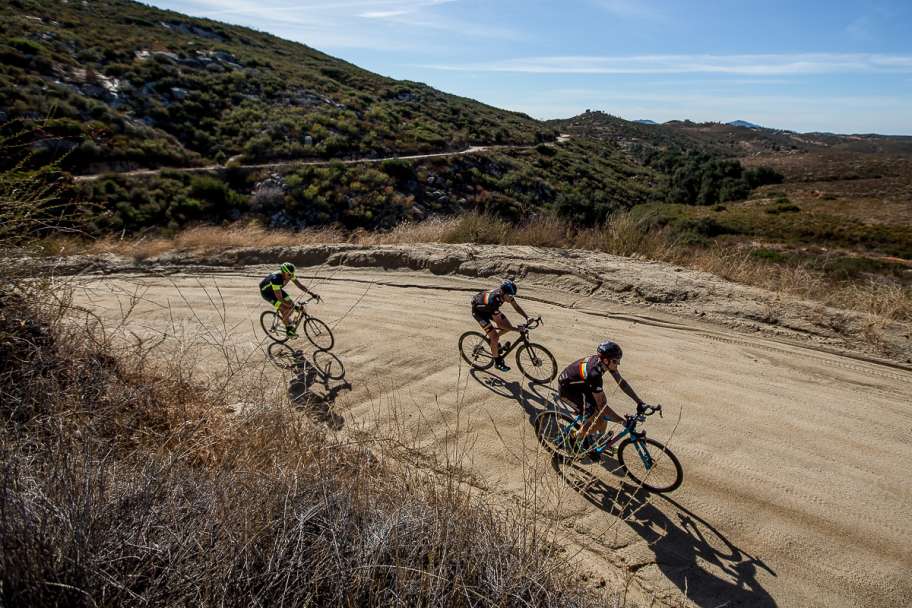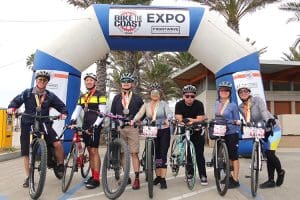Source Endurance frequently uses the term Functional Threshold Power (FTP) or Critical Power in academic literature. This maximal one hour output metric is essentially the foundation of training for cycling. Very much like your 1 mile, 5k or 10k pace in running, knowing your FTP allows you to prescribe training, track improvements, and assess training’s efficacy after the fact.
At Source Endurance, we use Training Peaks and their proprietary software, WKO4, to track and analyze workouts. WKO4, the gold standard of performance analysis in cycling, allows us to look at details and trends that things like Training Peaks (let alone other workout trackers like Strava) can’t even touch. Ultimately, it’s a tool that we use to maximize training efficiency and effectiveness with as little guesswork as possible. Each athlete is different, and we can see both where strengths and weaknesses exist and how they can be improved by comparing a variety of metrics beyond power, such as cadence as it relates to power output, kilojoules burned, fatigue resistance, even work capacity above FTP.
Very importantly for the purposes of base training, and periodization on the whole, is the tracking of how long it takes for improvements in performance (i.e. FTP) to happen. Gradual progression and consistent training leads to gradual and consistent improvements for most athletes most of the time. In WKO4, we can see how much training it takes to improve FTP and what that training consisted of, in specific detail. Does it take 10,000kJs/week for 4 weeks or 20 hours at 95-105% of FTP over the course of a month?
As Adam Mills has noted before, it takes about 300 hours of riding to be ready for an exceptional performance. In addition, a CTL greater than 100TSS/day (maintained for a time dependent on the individual) is ideal for this peak performance. Due to the nature of bike racing, FTP is not the only factor that must be considered for the peak performance. Working backwards from the goal events, we can figure out how much time should be spent on FTP and how much time must be spent with a focus on different types of efforts, such as sprinting under 30 seconds and efforts well above threshold up to around 10 minutes, depending on the specifics of the athlete’s goals.
CTL versus model FTP
There are several considerations to make in order to get a CTL in the 100TSS/day range at the right time. One of the most significant is ramp rate, or how quickly the CTL rises in a given period. A ramp rate of 3-7 points per week is typically ideal. Sustaining any less and an athlete doesn’t have the training stimulus to improve. Sustain a higher ramp rate for a long period, and the athlete risks excessive fatigue and overtraining syndrome. Again working backwards from the athlete’s goals, CTL should be around 100 anywhere from 3-6 weeks prior to goal events. With a ramp rate average of 5 points per week and a starting CTL of 50 (common after a period of rest during the offseason), that leaves us with 10 weeks of training to improve FTP.
What’s it like being a sprint specialist?
Article by Mitchell Sides, Source Endurance
Mitchell Sides recently graduated from the University of Texas at Austin with a BSEd in Exercise Science and is the newest addition to the team at Source Endurance. He’s transitioned from a self-proclaimed overweight couch resident into a member of Texas’s first UCI continental professional cycling team, Elevate Pro Cycling. He specializes in coaching road cycling and is inspired by the mentorship aspect of the sport. Learn more about Mitchell.
No products found.


















